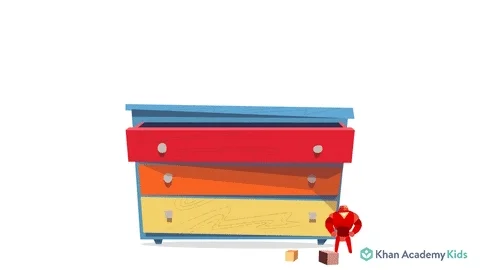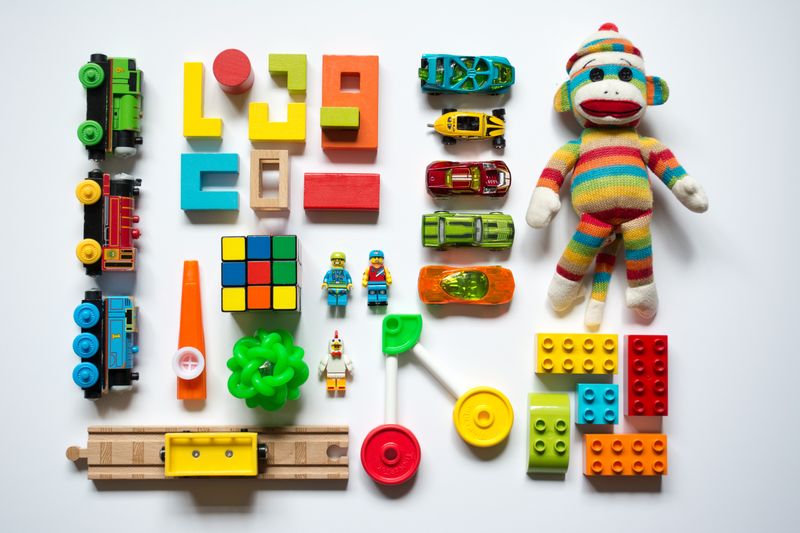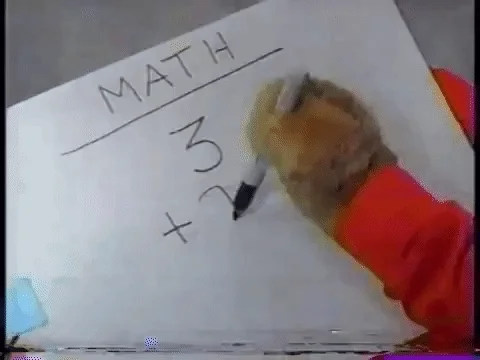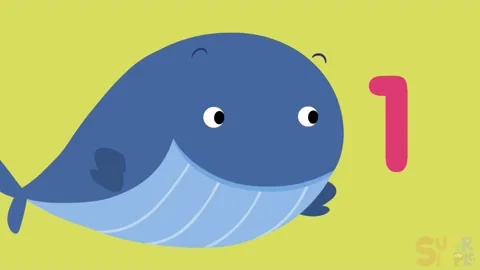 Photo by Crissy Jarvis on Unsplash
Photo by Crissy Jarvis on UnsplashLearning how to add is a basic life skill.
It should be introduced to children as young as 4-5 years old. A child's first impressions of math will have an impact on their future schooling, so introducing the concept of addition in an approachable way is critically important!
Use these 4 fun and friendly strategies to help introduce beginning math concepts to kindergarten-age students.
1. Concept of a Number

Before children can learn to add, they need to understand the concept of a number. Encourage and model counting daily to reinforce this idea.
When the children are playing with their toys, encourage them to count. You can even make clean-up time an opportunity for counting. For example, when putting away toy blocks, have children count each time they put a block back in the bin.
Pointing to each item as they count will reinforce one-to-one correspondence. The one-to-one correspondence is clear when you point to one object and say, "One" and then point to the next in the sequence and say, "Two".
Counting ideas for home:
dots on clothing
toys/blocks
food left in a bowl/plate
Counting ideas for school:
students in a line/group
snacks on the desk
toy counters (dinosaurs, teddy bears)
2. What Comes Next?
 Photo by Vanessa Bucceri on Unsplash
Photo by Vanessa Bucceri on UnsplashOnce your Kindergartener is able to count objects up to 10-20 regularly, try having the children tell you "what comes next" when given a random number. For example, you can ask, "What comes after 12?"
This not only reinforces the language of numbers, but helps children understand that numbers are in sequence. They'll learn that each subsequent number represents more than the previous one.
3. Concept of "One More"

You can then introduce the concept of "one more". For example, when children are playing with their "stuffies" (stuffed animals) you can have them count a pile and then ask, "What if we add more stuffie to your pile"?
Once the children respond correctly, you can start using language such as, "Yes. You had 5 stuffies in your pile and when I added one more, you had 6."
Using concrete items will help the children understand this concept. You can then build on this idea, by asking, "What if we add 2 more stuffies?"
4. Addition Sentences

Once the children become proficient at adding additional objects to piles, you can begin to write addition sentences to match the scenarios.
For example:
"4 stuffies + 2 stuffies = 6 stuffies"
And then, "4 + 2= 6"
This site has some great resources for parents and teachers alike.
What Does Your Kindergartners Need to Know?

Before you formally begin teaching your 4-5 year olds addition, ensure the child can:
count object up to 10-20 with one-to-one correspondence
recite the numbers 1-10 or 1-20
tell you which number comes next in a series of numbers between 1-20
demonstrate an understanding of the concept of adding one more
Quiz
Ms. Weir works at an after-school care program. A four-year old just joined the group and Ms. Weir wants to know if they're ready for addition. Which activity will help Ms. Weir find out?
Take Action


Your feedback matters to us.
This Byte helped me better understand the topic.
